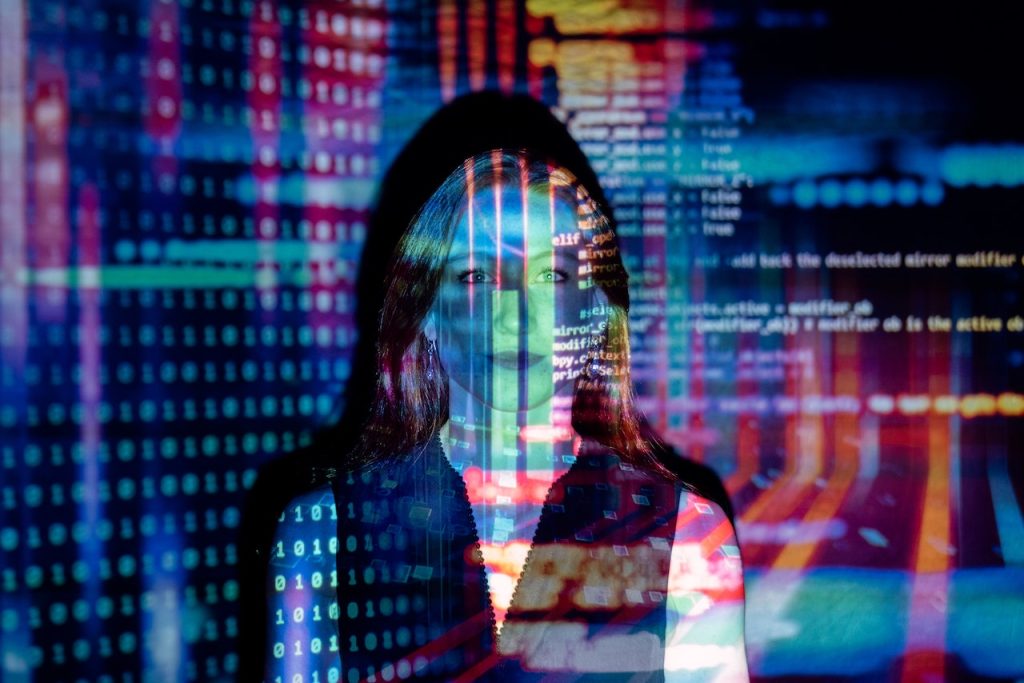What are digital twins, and how does AI fit in that puzzle
- Home
- What are digital twins, and how does AI fit in that puzzle













Business value creation through artificial intelligence (AI) seems to take a new stride with digital twins’ addition. As it’s understood, digital twinning refers to the virtual depiction of a physical entity. Market studies suggest that AI’s influence on digital twins can be important in shaping the Fourth Industrial Revolution (Industry 4.0). “I believe AI in digital twinning benefits sectors. This technology can provide real-time data analysis, predictive analytics, and autonomous decision-making. Additionally, it facilitates virtual testing, fostering innovation and efficiency,” Aditya Joshi, CEO, OpalForce, an AI-based firm, told FE Blockchain.

History has shown that the underlying technology behind digital twins can be traced back to 1960. During that period, NASA duplicated its spaceships on earthbound machines. Going by market analyses, AI in digital twins can provide data-backed insights to ensure the growth of different industries. According to Nasdaq, AI can better digital twins by providing inputs that real-world sensors might not be able to provide, along with futuristic predictions. The exchange also stated that digital twins can incorporate other technologies such as virtual reality (VR), mixed reality (MR), internet of things (IoT), among others, to ensure better output.
“In the digital environment, AI in digital twinning can revolutionize industries such as manufacturing, transportation, healthcare, infrastructure, among others. It can ensure maintenance, reduced downtime, optimized operations and resource allocation. In 2023, AI in digital twinning should achieve milestones,” Sathvik Vishwanath, co-founder and CEO, Unocoin, a cryptocurrency exchange, highlighted.
Global Market Insights, a market research firm, predicted that the digital twin market would clock $90 million by 2032, at a 25% compound annual growth rate (CAGR) between 2023-32. Furthermore, the firm emphasised that digital twin market will fetch a 31% growth rate in 2032, and that digital twin solutions will enter automotive features to achieve a 30% growth rate during the mentioned timeline. Data has projected that the Asia-Pacific digital twin market will witness 31% CAGR between 2023-32, which has been attributed to automotive and manufacturing units in India, South Korea, China, and Japan.
Reportedly, companies such as Amazon, Microsoft, Siemens, General Electric, Cisco Systems, among others, have entered the AI-driven digital twin market. For example, Microsoft’s Azure Digital Twins can help create digital twins, which can establish connections between Azure AI and IoT applications. Moreover, future predictions indicate that AI-backed digital twins could lead to creation of self-learning mechanisms that’ll allow industries to reap maximum productivity and sustainability. As stated by Digital Twin, an open access publishing platform, AI and digital twins’ correlation should dictate current research conditions. This step can allow platforms to get access to inaccessible information for them to increase their return on investment (ROI), which is expected to benefit from future research prospects.
“I think AI is set to revolutionise digital twinning with advancements. Advancements in machine learning and deep learning should drive AI-driven digital twins, transforming product design, manufacturing, and maintenance. The future of AI in digital twinning promises intelligent twins with benefits for businesses and industries,” Prashant Bramhankar, COO, Expleo India. a technology, engineering and consulting firm,